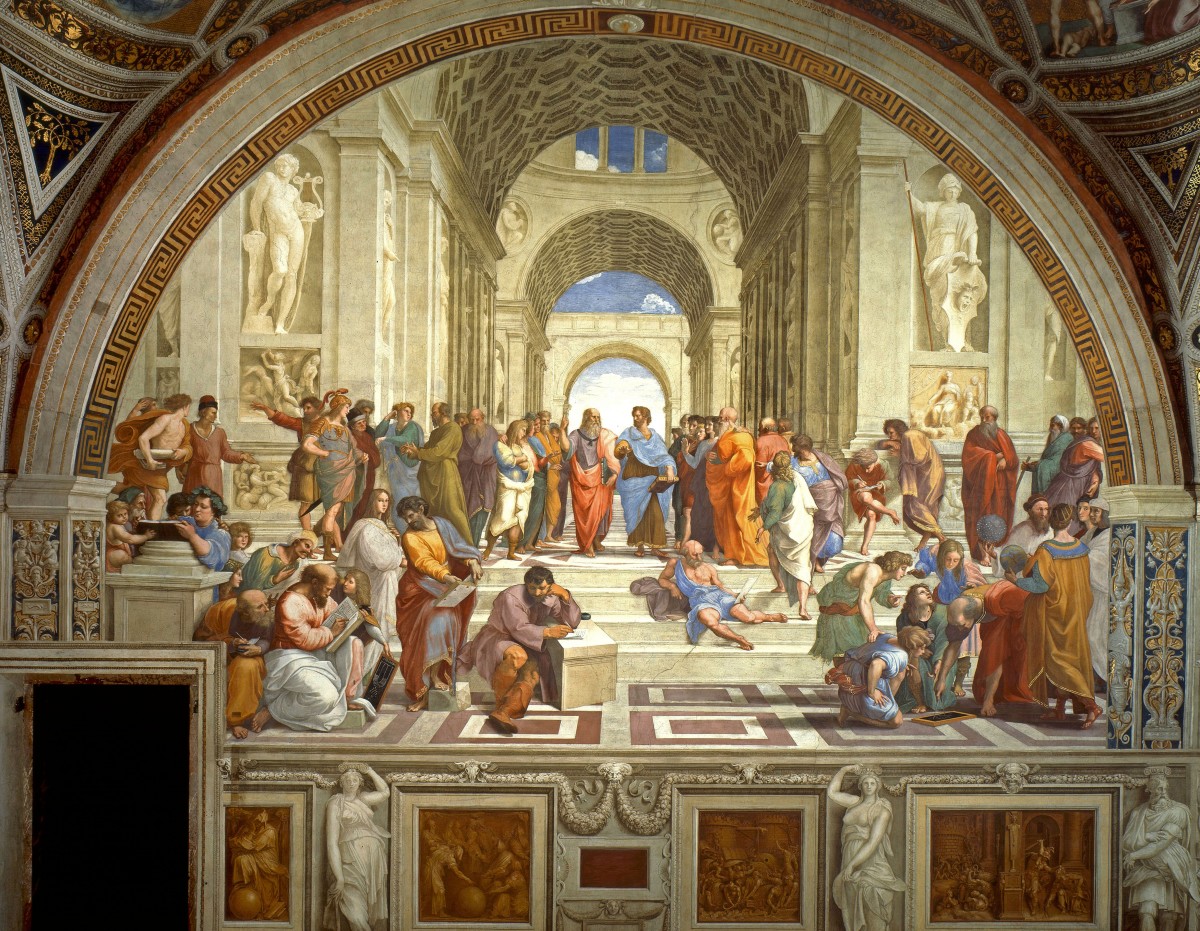Scholars have debated what the Renaissance was and when it began. However, most accept that it began in Italy about 1300 and lasted for about three centuries. The outpouring of intellectual and artistic energy was not only marked by a revival of interest in classical Greek and Roman values but also owed a debt to medieval Christian civilization.
During the Renaissance, the economy of western Europe changed from one based on barter to one based on money. Improvements in ship design and better navigational instruments resulted in the expansion of seaborne trade. Industry, especially textiles, metals, and shipbuilding, also grew.
Early forms of capitalism such as mass production and specialization emerged. To finance growing trade and industry, banking expanded. Kings, popes, and merchants borrowed large sums from Italian bankers. Banking families, such as the Fuggers in Germany, gained power and wealth.
Towns expanded, bringing change to people in surrounding areas. The money economy led to the raising of cash crops on the manor and the payment of rent in money. Lines were blurred between classes as money replaced the medieval social system based on caste and service. Moreover, the bourgeoisie arose as a new business class and generously supported Renaissance learning and art.
During the Renaissance, vernacular, or popular, literature emerged, although Latin remained the language of scholarship. The development of printing brought on a communications revolution in which the printed book became a profound force for change.
Petrarch exemplifies the mixture of the old and the new in the Renaissance. In France, the language of the Paris region replaced Latin as the official language.
Renaissance scholars such as Lorenzo Valla, who revealed the forgery of the Donation of Constantine, uncovered, preserved, and studied ancient manuscripts. Humanists expressed the secular spirit of the Renaissance. Yet philosophical humanists fused Christian and classical traditions and helped establish the studies of comparative religion and comparative philosophy. Erasmus had faith in the dignity of humanity and encouraged individuals to read and study the Bible for themselves.
The uncovering of classical works both helped and hindered science. Leonardo da Vinci explored scientific subjects but was still largely influenced by the erroneous theories of classical writers.
With the perfecting of movable type in the 1440s and the development of the printing press, books became cheaper and had fewer errors. Printed handbooks became available on many specific subjects.
Copernicus launched a revolution in astronomy in 1543 by putting forth the heliocentric theory of the universe. Within 150 years the Copernican revolution was confirmed by the work of Galileo and Newton.
Music reflected the Renaissance emphasis on secular and individual concerns. New instruments were developed, and music became part of popular culture.
The Great Schism had damaged the prestige of the church. In addition, the burden of church taxation to support the lavish Renaissance papacy and indifference to the need for reform left the church open to attack.
In the fine arts, an extraordinary outpouring of creativity occurred in painting and sculpture. Botticelli, Michelangelo, Leonardo, and Raphael found patrons among Renaissance popes and rulers and produced works reflecting a mixture of worldly and religious themes.
In the fifteenth century, northern European painters such as Darer, Holbein, Bosch, and Brueghel were influenced by Gothic as well as Italian Renaissance styles. Notable in some of their works were elements of the monstrous and supernatural.
Many leading painters such as Michelangelo and Cellini were also sculptors and masters of other arts. The great work of Renaissance architecture was St. Peter’s in Rome, crowned by Michelangelo’s massive dome.
The wealthy enjoyed great luxury though not comfort, but daily life for the peasants was not much changed. Women lost some privileges they had enjoyed in the era of chivalry, although divorce became possible in Protestant lands. In printed works, women were portrayed as the cause of disorder. Nonetheless, the Renaissance was a period of considerable individualism.

